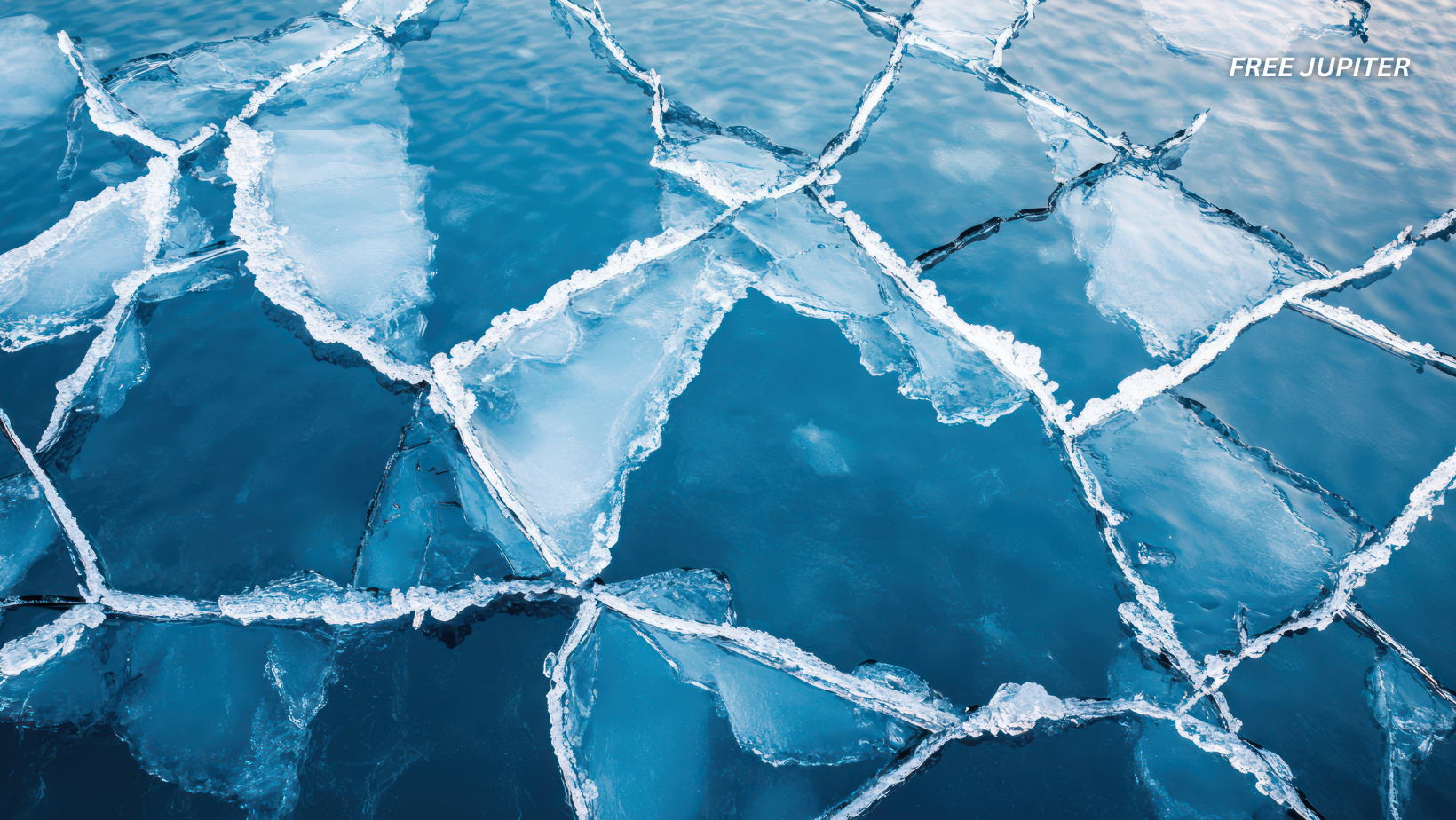Friendly Note: FreeJupiter.com shares general info for curious minds 🌟 Please fact-check all claims—and always check health matters with a professional 💙
When most of us think back to school geography lessons, we recall a tidy image of the world divided neatly into seven continents — Africa, Asia, Europe, North America, South America, Antarctica, and Australia. This simplistic division forms the foundation of our understanding of Earth’s landmasses. Yet, the reality beneath our feet and, in this case, beneath the ocean’s surface, is far more intricate and fluid.
Earth’s crust is a complex patchwork quilt, woven by tectonic forces that have, over hundreds of millions of years, torn apart, collided, and rearranged continents and oceans. Continents have not always existed in their current form, and hidden pieces of these ancient puzzles remain buried, waiting to be rediscovered.
Recently, geologists have revealed one such secret: an entirely new continent, or more accurately, a microcontinent, submerged beneath the icy waters of the northern Atlantic Ocean. This landmass, dubbed the Davis Strait proto-microcontinent, lies hidden between Greenland and Canada’s Baffin Island, challenging the simple continent count and shedding new light on Earth’s dynamic geological past.
What Is a Microcontinent?
Before diving into the discovery, it’s important to clarify what a microcontinent actually is. Unlike the familiar large continents, microcontinents are smaller fragments of continental crust that have become isolated due to tectonic processes. These fragments are large enough to possess continental characteristics such as thick crust and ancient rock formations but are distinct from the major continental blocks.
Microcontinents typically form when a larger continent breaks apart due to rifting, subduction, or other plate tectonic forces. Over time, these pieces may drift, sink, or become submerged beneath the ocean. Examples include Zealandia, a nearly submerged microcontinent in the South Pacific, and Madagascar off the southeastern coast of Africa.
The Davis Strait: A Geological Intersection
The Davis Strait is a significant waterway separating Canada’s Baffin Island from Greenland’s western coast. Its geological history is tied intimately to the tectonic evolution of the North Atlantic Ocean. About 33 to 61 million years ago—during a period spanning the Paleocene to early Eocene epochs—the region experienced intense tectonic activity.
At this time, the North American and Eurasian tectonic plates were shifting and reorganizing, causing rifts, uplifts, and changes in sea levels. The tectonic plates’ movements caused sections of the Earth’s crust to stretch and thin, while other parts thickened due to compressive forces. This complex interplay resulted in the formation of a thick slab of continental crust now hidden beneath the ocean.
Read more: Earth Has A ‘Heartbeat’ That Pulsates Every 26 Seconds
Discovering the Proto-Microcontinent
A team of scientists based in the United Kingdom and Sweden spearheaded the research that led to the identification of the Davis Strait proto-microcontinent. Utilizing cutting-edge geophysical data, seismic imaging, and computer modeling, they reconstructed the tectonic plate movements and geological processes that shaped the region millions of years ago.
Their results showed that the thick continental crust beneath the Davis Strait measures between 12 and 15 miles (roughly 20 to 25 kilometers) in thickness—a remarkable figure indicating that this is no ordinary oceanic crust, which is typically much thinner. Such thickness is characteristic of continental crust, which is buoyant and composed of lighter, silica-rich rocks compared to the dense basalt found in oceanic crust.
This newly identified landmass was classified as a proto-microcontinent because it represents an early or primitive stage in microcontinent formation, a “seed” continental fragment that has yet to drift far from its parent landmass.
Why This Discovery Is Significant
The revelation of the Davis Strait proto-microcontinent holds several important implications for earth sciences:
1. Understanding Plate Tectonics and Continental Breakup
The discovery offers fresh insight into the processes by which continents fragment and microcontinents form. The tectonic movements reconstructed by the researchers suggest that a combination of plate motions and transpressional forces—where tectonic plates slide past each other while being compressed—played a pivotal role in peeling this fragment off from the larger continental mass.
Such processes are not unique to this region; similar mechanisms likely contributed to the creation of other microcontinents worldwide. By studying the Davis Strait microcontinent, scientists gain a valuable natural laboratory to examine how continental fragments evolve over geological time.
2. Refining Geological Models
Geological models that explain the breakup of continents, formation of ocean basins, and creation of underwater features rely heavily on accurate knowledge of crustal composition and plate behavior. This discovery enriches these models by providing concrete data on an additional microcontinent’s size, structure, and origin.
With improved models, scientists can better predict geological phenomena such as earthquakes, volcanic activity, and the movement of tectonic plates, which directly impact natural hazard assessments and resource exploration.
3. Expanding the Definition of Continents
Traditionally, continents are defined by their size, geological features, and cultural-historical perspectives. Yet, the identification of microcontinents like Zealandia and now the Davis Strait proto-microcontinent challenges the idea of fixed continental boundaries.
This discovery pushes for a broader, more flexible geological definition that recognizes submerged and smaller continental fragments as integral parts of Earth’s surface mosaic, even if they do not rise above sea level.
The Broader Context: Microcontinents Around the Globe
Microcontinents are scattered across the world’s oceans, remnants of ancient tectonic events:
- Zealandia: Often called Earth’s “hidden continent,” Zealandia is nearly 2 million square miles and mostly submerged under the southwest Pacific Ocean. It broke away from Antarctica and Australia about 85 million years ago.
- Madagascar: A large island off Africa’s east coast, Madagascar is a microcontinent that separated from the Indian subcontinent around 88 million years ago.
- Seychelles: Another example of a microcontinent, the Seychelles islands are remnants of continental crust now isolated in the Indian Ocean.
Each of these microcontinents tells a story of Earth’s shifting plates, continental breakup, and ocean formation. The Davis Strait proto-microcontinent now joins this exclusive group, highlighting the dynamic nature of Earth’s crust.
What Lies Beneath: Methods Behind the Discovery
The identification of the Davis Strait microcontinent relied on sophisticated scientific techniques:
- Seismic Surveys: By sending sound waves through the Earth and measuring how they bounce back, scientists mapped the thickness and type of crust beneath the ocean floor.
- Magnetic and Gravity Data: Variations in Earth’s magnetic field and gravitational pull provide clues about rock types and structures underground, helping differentiate continental crust from oceanic crust.
- Plate Reconstruction Models: Using computer simulations, scientists recreated the positions and movements of tectonic plates millions of years ago, revealing how the microcontinent formed and moved.
Together, these tools allowed researchers to not just find this proto-microcontinent but understand its origins and significance.
What’s Next? Exploring the Implications
The discovery raises exciting questions for future research:
- Could there be other proto-microcontinents hidden beneath the ocean that remain undetected?
- How do changes in tectonic forces influence the formation and detachment of microcontinents?
- What role do microcontinents play in Earth’s geological and climatic evolution?
Further study of the Davis Strait proto-microcontinent, along with other submerged continental fragments, promises to deepen our grasp of these fundamental processes.
Read more: Earth’s Core Is Literally Leaking Gold – And Scientists Just Found The Location
The Dynamic Earth: Beyond Seven Continents
This newly uncovered microcontinent beneath the northern Atlantic invites us to rethink the simplistic view of continents as static, well-defined entities. Instead, Earth’s surface is a restless, shifting realm where landmasses continuously reshape, break apart, and collide.
Just as the Davis Strait microcontinent was born from ancient tectonic activity and now lies submerged under ocean waters, other continental fragments may be hidden elsewhere—waiting for discovery with advancing technology.
By expanding our understanding of continental formation and microcontinent dynamics, we enhance not only geological knowledge but also our appreciation for Earth’s complexity and history.
Conclusion: A New Chapter in Earth’s Geological Story
The Davis Strait proto-microcontinent represents a remarkable addition to our understanding of Earth’s geography and tectonic past. Measuring an impressive 12 to 15 miles thick and lying beneath the waters between Greenland and Canada, this hidden continent fragment offers fresh clues into how continents evolve and break apart.
Its discovery demonstrates the power of modern geological methods to uncover secrets beneath the ocean floor, challenging the conventional continent map and reminding us that Earth’s surface is a dynamic and ever-changing puzzle.
As scientists continue to explore the mysteries of the planet’s crust, discoveries like this will undoubtedly continue to reshape our view of the world—both above and below the waves.










